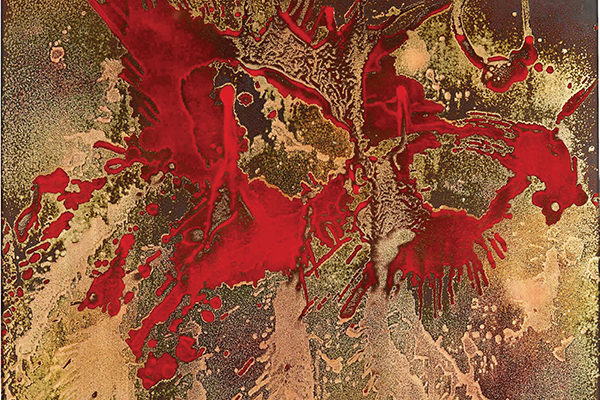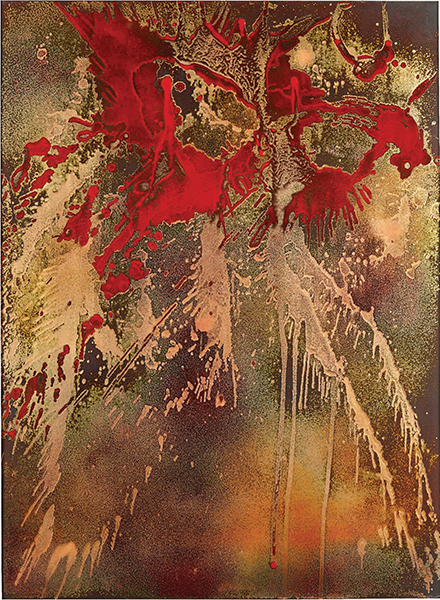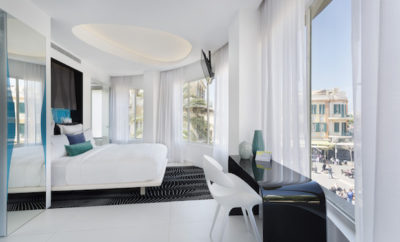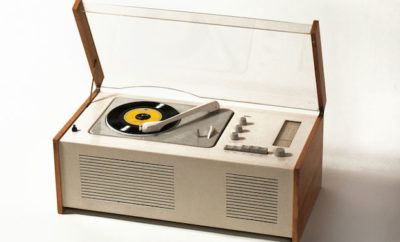 Enamel Arts Foundation, Los Angeles; Jairo Ramirez Photo
Enamel Arts Foundation, Los Angeles; Jairo Ramirez Photo
Design
Homage to Paul Hultberg, maker of abstract expressionist enamels
PAUL HULTBERG, ONE OF THE MOST audacious voices in mid-twentieth-century enameling, turns ninety-two in January. Celebrated for his unorthodox approach to this venerable medium, he created evocative compositions in glass and metal with vibrant immediacy and raw, protean power.
Hultberg was born in Oakland, California, in 1926. After taking classes in the mid- 1940s at the University of Southern California and subsequently at Fresno State College (now California State University, Fresno), he moved to Mexico City to study with the muralist José Gutierrez. Inspired to create work at a monumental scale, he returned to Los Angeles in the late 1940s and started to paint murals. In the early 1950s he moved to New York, where he was hired by the Brooklyn Museum to teach painting and drawing. While there, he met Walter Rogalski (1923–1996), a printmaker, and together they undertook a yearlong experiment, using painting and printmaking techniques in combination with enamels.

Enamel Arts Foundation, Los Angeles; Jairo Ramirez Photo
Five of Hultberg’s large abstract panels were included in the 1959 exhibition Enamels at the Museum of Contemporary Crafts (now the Museum of Arts and Design) in New York, and a decade later he was featured in the seminal exhibition OBJECTS: USA. He was subsequently awarded numerous architectural commissions, including one for the Pan Am Building in New York (now MetLife).
Although relatively small, Lepidopteral Pyrotechnics, 1965, shown left, has much of the power and spontaneity of Hultberg’s largest compositions. He produced this work using an outside-the-kiln, torch-firing process. Splashing vibrant color across the surface of a copper panel and firing it, he created images that suggest the bodies of moths or butterflies, wings spread wide in flight, while also evoking the awe-inspiring vision of fireworks in a night sky.












